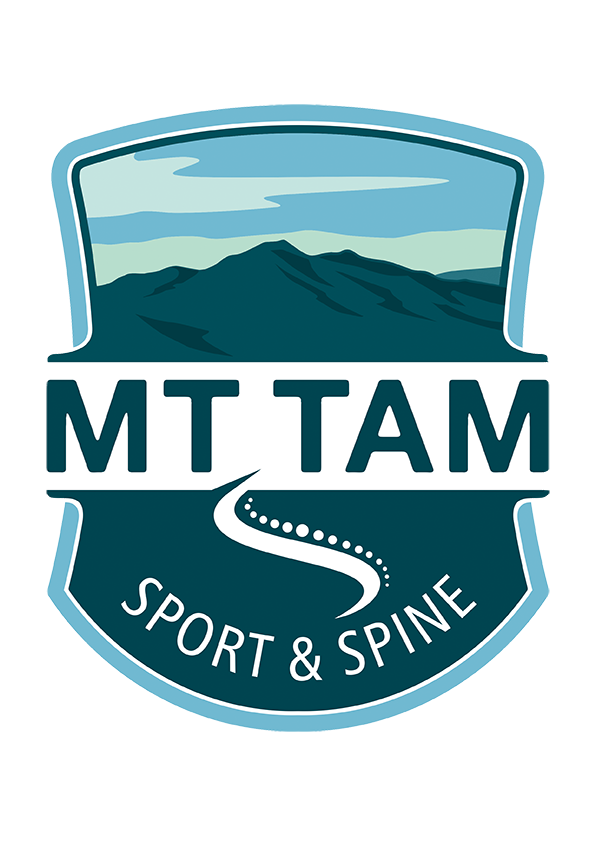The Hidden Impact of Old Injuries: Why Your Body Still Remembers
If you’ve ever had an injury—whether it was a sprained ankle, a pulled hamstring, or a lower back strain—you probably went through the usual recovery process: self-care, rehab, and, eventually, getting back to your sport. But what if that old injury is still affecting you, even years later, without you realizing it?
Many athletes assume that once the pain is gone, the problem is gone too. Unfortunately, that’s not always the case. Your body has an incredible ability to compensate for weakness or dysfunction, but those compensations can lead to imbalances, reduced performance, and even new injuries over time.
How Old Injuries Create New Problems
When you injure a muscle, joint, or ligament, your body doesn’t just heal the damaged tissue—it also adapts the way you move to avoid pain. This might include:
Shifting weight to the opposite side - favoring one leg after a knee injury
Limiting range of motion - a shoulder that never fully regains mobility after a strain
Over utilizing other muscles to compensate - low back tightness developing after an ankle injury
Even after the pain disappears, these altered movement patterns can remain, subtly affecting how you run, lift, or move. Over time, they create muscle imbalances, joint stress, limited fitness potential, and increased risk for new injuries.
Signs That an Old Injury Might Be Holding You Back
You might not feel pain in the injured area anymore, but here are some signs of caution that could indicate residual dysfunction:
Recurring tightness or stiffness that keeps coming back, despite stretching and mobility work
Asymmetry in strength or flexibility - one side always feels weaker or less mobile
Compensation patterns - favoring one side when squatting or running
Unexplained aches and pains that seem to move around or don’t have a clear cause
Lingering weakness or instability that affects performance in certain movements
If you recognize any of these, your body may still be compensating for an old injury—even if you don’t feel direct pain in that area anymore.
How to Reset Your Movement Patterns
The good news is that these issues can be corrected. Here’s where to start:
1. Reassess Your Movement
Take some time to check how you move. Are both sides of your body equally strong and mobile? Do certain movements feel awkward or restricted? Filming yourself performing squats, lunges, or running can reveal subtle compensations.
2. Focus on Mobility and Stability
Often, the key to overcoming an old injury isn’t just stretching—it’s improving mobility where you’re restricted and strengthening stabilizing muscles. Foam rolling, dynamic stretching, and targeted strength work can help rebalance your movement.
3. Address Spinal and Joint Restrictions
Joint restrictions caused by past injuries can subtly throw off your movement. We can assess whether restrictions in your spine or joints are contributing to compensations and help restore proper function.
4. Gradual Strength Rebuilding
If an old injury left you weaker on one side, it’s important to rebuild strength symmetrically. Unilateral exercises (single-leg or single-arm movements) can help even out imbalances and prevent future strain.
Don’t Let the Past Limit Your Future
Old injuries don’t have to define your performance today. By identifying and addressing these hidden compensations, you can move better, feel better, and reduce your risk of future setbacks.
If you’ve been dealing with recurring tightness, uneven movement, or unexplained discomfort, it may be worth getting a movement assessment to pinpoint any lingering issues. Correcting these imbalances now can set you up for better performance, faster recovery, and a lower risk of reinjury in the long run.
Need help identifying any old movement patterns that might be holding you back? Reach out for an assessment, and let’s get you moving 100% again!
